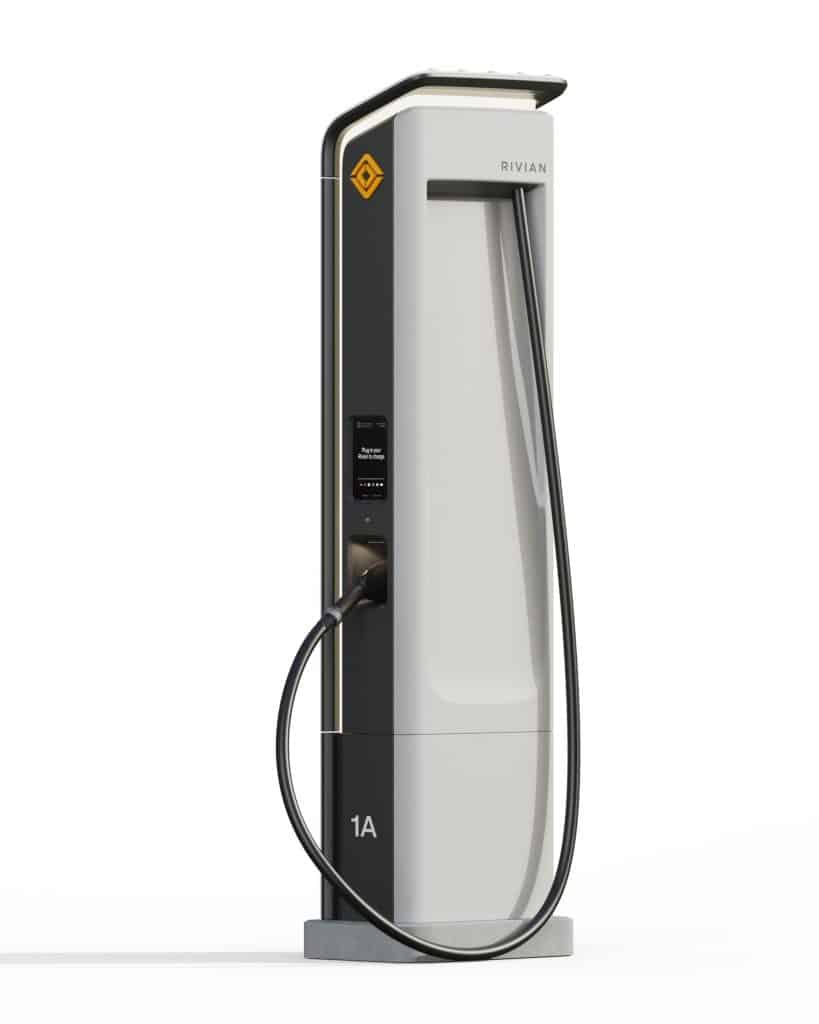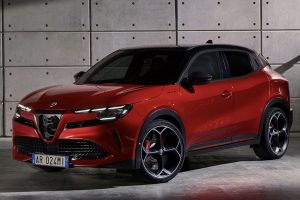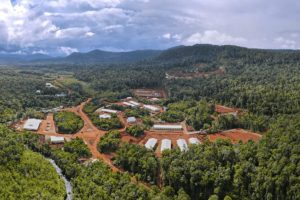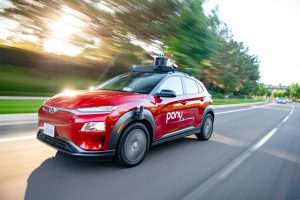- 🔌 Rivian has announced plans to open its Rivian Adventure Network (RAN) charging network to other electric vehicle (EV) brands.
- ⚡ The company has debuted a new charger design with 400- and 800-volt packs, CCS connectors, and support for the NACS charging standard (initially through an adapter).
- 🌱 Rivian aims to support the electrification of transportation and transition to carbon-free energy sources by broadening access to its 100% renewable energy-powered charging network.
- 🚗 Rivian will start building all new RAN stations with the next-generation charging equipment and retrofit existing sites with the new hardware.
- 🛣️ The company plans to prioritize pull-through charging stalls at new sites to accommodate vehicles towing trailers or equipment.
- 💰 Rivian intends to leverage the updated charger design to utilize funding from the U.S. NEVI program and other state/utility initiatives for expanding EV charging infrastructure.
In a groundbreaking announcement that’s as refreshing as a breath of clean, mountain air, Rivian has declared its intention to democratize electric vehicle (EV) charging. With the debut of a new charger design, the Rivian Adventure Network (RAN) is not just for Rivian drivers anymore; it’s opening up to EVs of all brands. This strategy not only underscores Rivian’s commitment to the electrification of transportation but also paves the way for a more interconnected and sustainable future on the roads.

EV Charging: The New Frontier of Cooperation
Rivian’s decision represents a paradigm shift in how EV manufacturers view their exclusive facilities. By making the RAN accessible to other EVs, Rivian emphasizes the importance of community and cooperation over competition. The new charging stall design, featuring both 400- and 800-volt packs along with CCS connectors and support for NACS (initially through an adapter), is a universal handshake to EVs across the board.
Paul Frey, Rivian’s Vice President of Battery, Charging, and Adventure Products, shared the inspiring vision behind this initiative. He highlighted Rivian’s goal to support the transition to carbon-free energy sources while encouraging more people to embark on their adventures in an electric vehicle, backed by the assurance of accessible charging.
A Technological Leap Towards Inclusivity
Rivian is not holding back in ensuring the RAN becomes a versatile charging haven for EV drivers. The intent is to roll out stations equipped with next-generation technology that caters to a wide range of EVs. From prioritizing pull-through charging stalls for vehicles that are towing to planning a future hardware update for native NACS charging, Rivian’s holistic approach aims to enhance the charging experience for every EV driver.
Leveraging Federal Support for Expansive Growth
Rivian’s strategic use of the U.S. National Electric Vehicle Infrastructure (NEVI) program, alongside additional state and utility programs, illustrates a calculated move to bolster the expansion of EV charging infrastructure efficiently. With a vision to deploy over 3,500 chargers at approximately 600 sites, Rivian is laying the groundwork for an expansive network that could significantly alleviate range anxiety for EV drivers nationwide.
A Ripple Effect of Open Networks
This move by Rivian arrives on the heels of Tesla’s resolution last year to open up its Supercharger network to additional EV brands, indicating a welcome trend towards open networks in the EV community. As the industry gravitates towards standardized protocols like Tesla’s NACS, Rivian’s announcement could inspire further collaboration among automakers, driving progress in electric mobility forward.
Final Thoughts: Charging Towards a Common Goal
In an era where electric mobility is gaining momentum, Rivian’s initiative to open up the RAN to all EVs is a commendable step towards fostering a collaborative spirit among stakeholders in the EV ecosystem. By blurring the lines between exclusive and inclusive, Rivian not only broadens access to sustainable transportation options but also contributes to the acceleration of the global transition to electric vehicles. It’s initiatives like these that remind us of the underlying purpose shared by the EV community: to usher in an era of sustainable, clean transportation for future generations.





